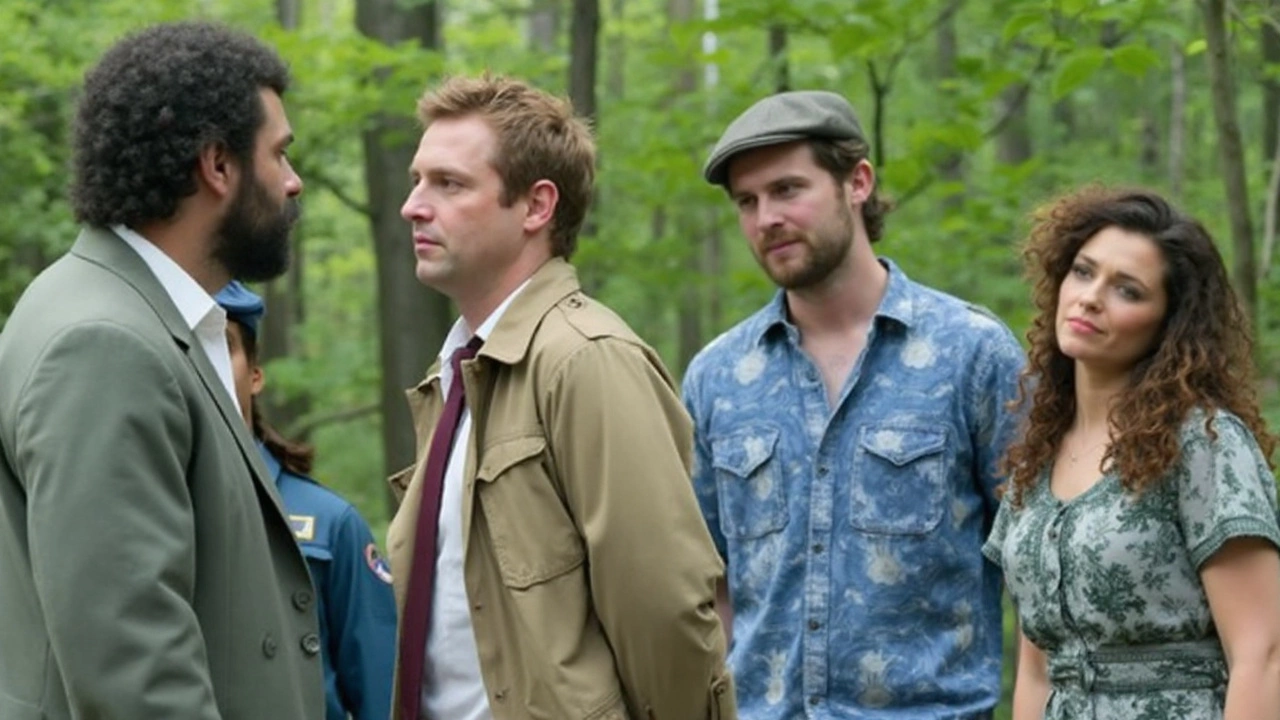The World of Constantine: Supernatural Threats and Gritty Heroes
If you’ve ever found yourself hooked by stories with haunted detectives and hellish bargains, NBC’s Constantine definitely fits the bill. The show jumped straight from the pages of DC’s Hellblazer comics, bringing John Constantine’s world of demons, angels, and everything in between to the small screen. Matt Ryan slips easily into Constantine’s trench coat: cynical, witty, and always one step away from disaster, he’s exactly the guy you’d want fighting your supernatural battles—unless you get too close. He’s not really the open-arms type.
But Constantine isn’t flying solo. Zed Martin, played by Angélica Celaya, shows up early on with psychic abilities and a mysterious past that’s basically a walking question mark. She’s not just decoration—her visions push the story into much darker, more personal territory. There’s more going on with her than just convenient superpowers. Flashbacks tease bits of her life before she met Constantine, hinting at painful family secrets and brushes with the occult. Celaya herself called Zed’s story a “fuel” for her hope and determination. You get glimpses of a woman running from something, but also running toward answers, even if they’re hard to swallow.
You can’t talk about this supernatural parade without mentioning Detective Jim Corrigan, played by Emmett Scanlan. On paper, Corrigan’s just a cop, dealing with bizarre cases in a city that won’t let him sleep. But if you know your DC lore, you know he’s actually the future Spectre—a spirit of vengeance locked inside a regular guy’s body. Scanlan explained how Corrigan lives with this tug-of-war between wanting order and getting swept up in chaos. His scenes buzz with tension because you know he’s a ticking time bomb—a guy with a badge who could, at any moment, become something a lot scarier. Scanlan drops hints about deeper struggles ahead, making Corrigan way more than just the stock tough cop. You catch glimpses of empathy, but also a readiness to cross lines if the world demands it.
Moral Lines and Mysterious Motives
That blurred line between good and evil gets even fuzzier with Harold Perrineau’s Manny. On the surface, Manny’s an angel sent to “help”—but it’s never clear whose side he’s really on. Perrineau talked about how Manny isn’t just dropping cryptic advice; he’s actually nudging things in directions that might not totally benefit Constantine or humanity. One moment, he’s saving the day. The next, he’s letting things burn, all for some cosmic plan nobody else sees. John Constantine knows it, too, and their relationship never quite feels like typical hero-and-helper banter. If anything, there’s always an edge, as if Constantine’s two seconds from punching Manny or begging him for a miracle.
The creative minds behind the series—Daniel Cerone and David S. Goyer—didn’t stick to comic panels word-for-word. They wanted the dark supernatural danger but also space for real character messiness. John’s dry jokes cut through the gloom, so the show never drowns in horror. Instead, it balances ghostly threats with humor and sharp, personal moments. It’s not just about monsters jumping out of the shadows. Every case pushes one of the main players to confront something ugly in themselves. Corrigan sees how close order comes to tipping into vengeance. Zed can’t escape her own mind. Constantine makes deals that save souls but cost him pieces of his own. Even recurring characters like Papa Midnite, the voodoo king who blurs the line between villain and uneasy ally, help flesh out the world’s moral grey zones.
Anyone expecting a simple battle between light and dark gets something much murkier here. The show leans into the idea that everyone has ugly secrets—supernatural or not—and sometimes the only way to win is to embrace the chaos as much as you fight it.
